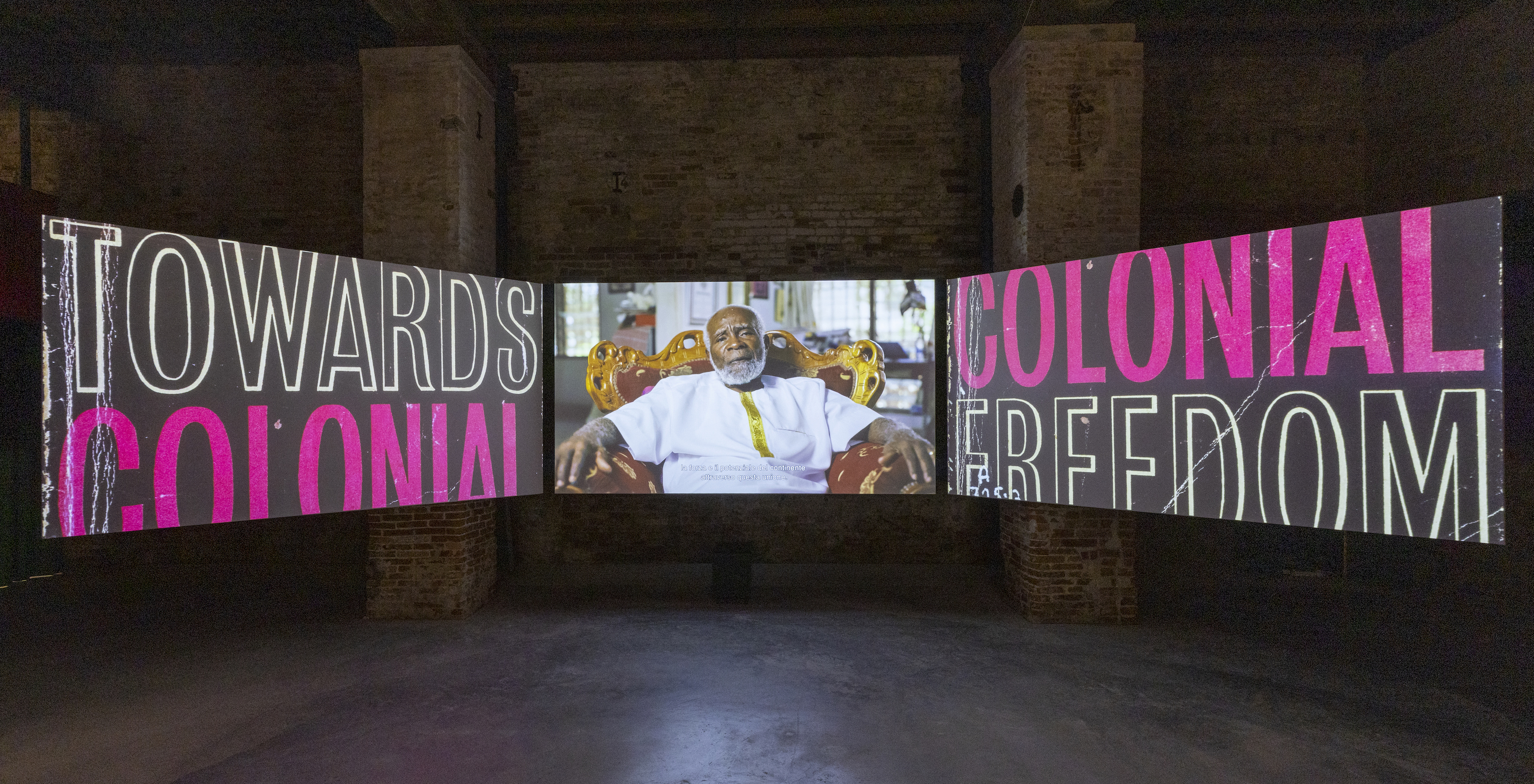Construction on site was stopped last year after concerns around how much public money had gone into the scheme, and significant questions around Adjaye’s procurement have also been raised, with no evidence of a competitive tender and calls for the promotion of local architects instead. Will Ing, "Adjaye Under Scruitiny Amid Ghana Cathedral Controversy," Architects Journal, June 27, 2022. See ➝.
Josh Spero and Anjli Raval, "Sir David Adjaye: the celebrated architect accused of sexual misconduct," Financial Times, July 4, 2023. See ➝.
This essay was commissioned as part of a collaboration between e-flux Architecture and alumni from the fourth cohort of New Architecture Writers to publish reviews of the 2023 Venice Architecture Biennale and Lesley Lokko's 18th International Architecture Exhibition, "The Laboratory of the Future."
